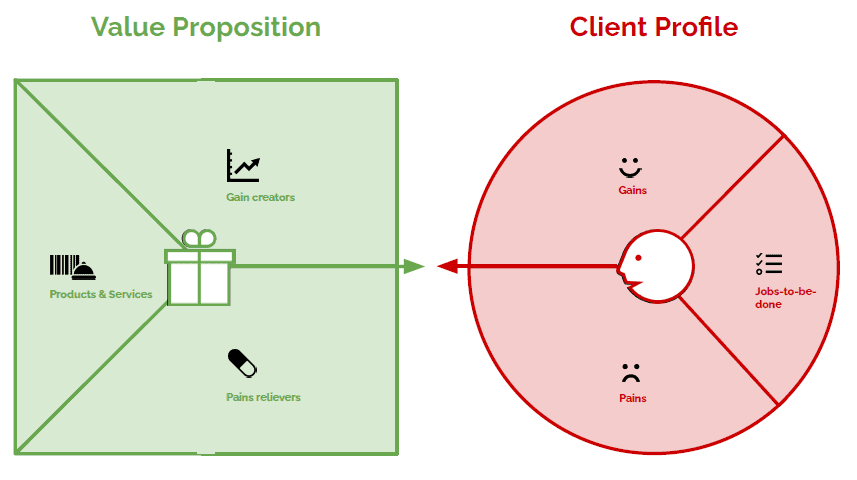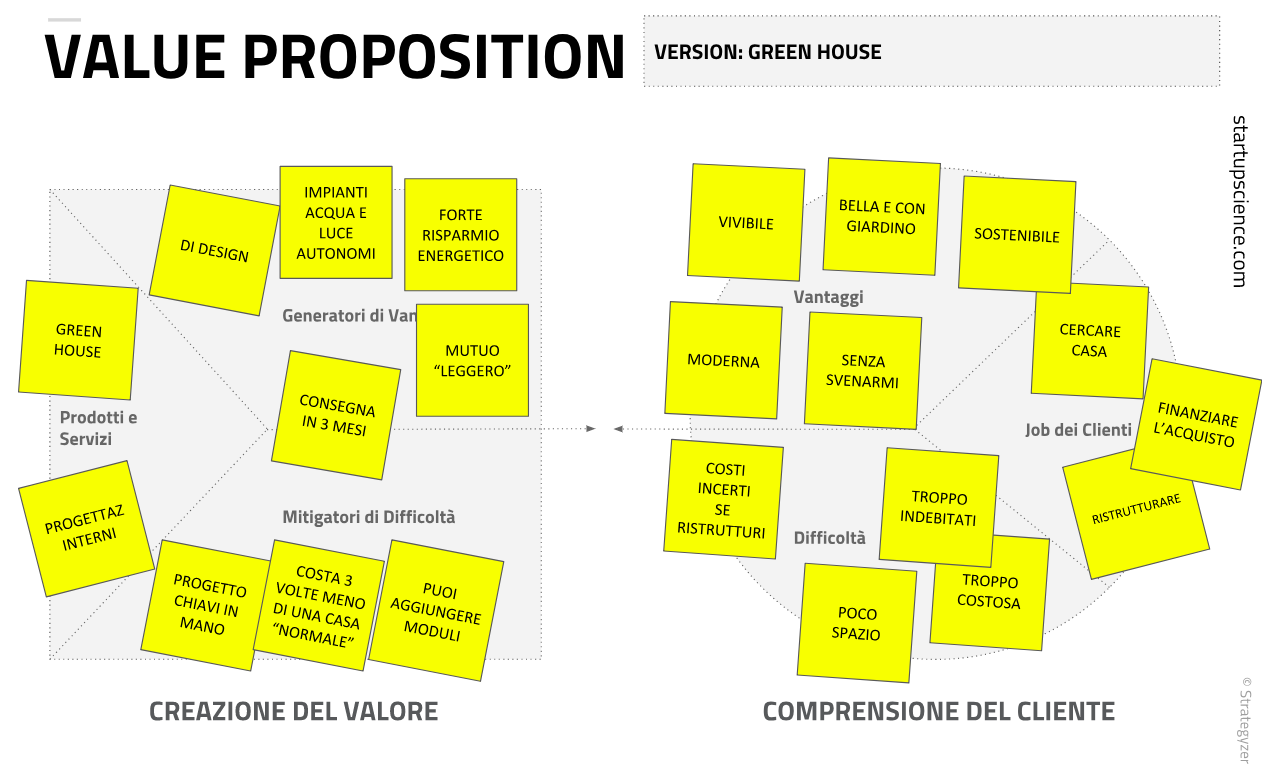Table of Contents
Value proposition for guiding your customer strategy
Properly defining your value proposition is key to success in any market.
Before creating any plan for how customers relate to your products and services, you need to know two things clearly: who you are and where you want to go.
Knowing your brand identity is fundamental for building relationships with customers, positioning the brand in their minds and navigating the market.
You need to collect data but, above all, you need to have guiding principles so you don’t get lost or confused.
As well as having a clear idea of your mission, vision and brand values, it’s vital to establish your value proposition (VP) and unique selling proposition (USP). In this article, I’ll be focusing on the former: defining your VP will ensure that you reach the right customer segments – or buyer personas – and give them a solution that meets their needs effectively.
What is a value proposition and how does it differ from a unique selling proposition?
A value proposition is the promise that a company makes to the customer when a transaction takes place (for example, the purchase of a product).
It’s a broad concept that is about people’s overall expectations based on the promises that you communicate to them.
Often, value proposition is confused with unique selling proposition, which I mentioned at the start of the article.
A unique selling proposition is what differentiates your business in the market segment, and can be a functional/physical characteristic (e.g. the best price) or a psychological/perceived characteristic (e.g. the status that it carries).
A tangible tool: the value proposition canvas
- What are the consumer problems that your offering can solve?
- Why should customers buy from you?
- What benefits do your products bring?
- What tangible value do you offer?
- What sets you apart from competitors?
These are just some of the questions you can use to outline a solid value proposition that will then guide every aspect of your brand’s marketing and communication.
But you need to know where to start. Which is where the value proposition canvas comes in. It’s the perfect tool for helping entrepreneurs, managers and marketers define their value proposition by starting with a deeper understanding of customers. You can download the official template from Strategyzer here.
The canvas is split into two parts that are each further divided into three sections.
Focus: client profile
To fill it out properly, you need to start with the circle, which is dedicated to an analysis of the target audience (based on a customer-centric approach).
Here, the following are outlined:
Gains: this means all the functional, social or financial benefits that might be involved.
What would make your customers happy?
What do they expect from your offering?
Pains
What problems or obstacles (pain points) do your customers face every day?
Jobs to be done: in this case, jobs means all the efforts that customers have to make and for which your offering could be useful.
What functional needs (e.g. hanging a picture on the wall), hedonistic needs (e.g. having fun) or social needs (e.g. meeting new people) drive your customers?
Focus: value proposition
Next, you have to fill in the square section, which describes the products and services offered. Here you need to get into specifics:
Company offering
What products or services do you offer to satisfy customer needs?
Gain creators
What advantages do your products bring to people’s everyday lives?
How do they make people feel?
Pain relievers
How does your offering help to relieve people’s pain points?
Here’s a simple example of a completed canvas suggested by Antonio Tresca.
Once every aspect of the value proposition canvas has been completed in detail, the next step is to check that your analysis actually matches reality. Surveys, interviews with customers and market research are the key to confirming that your canvas is sound.
Common mistakes and the secret to a value proposition that offers real value.
Let’s admit it: one of the most common mistakes made by companies is vanity. By looking at yourself more than your customers, you risk designing an offering that only works for you. If you think you’re the best in your field, check: speak to customers and compare yourself to the competition. This will prevent you basing your value proposition on flawed assumptions.
A second common mistake is a lack of specificity. When filling in the value proposition canvas, make sure you’ve spent enough time on the description for each part and that it is based on market research into your target market and products. It’s work that’s challenging but essential if your strategy is going to be successful. A related point is the risk of filling the value proposition with slogans that are catchy but do nothing to outline the actual benefits of your products or services.
A third (more subtle) mistake is creating a value proposition that can’t be tested. Once finished, it’s vital to run a field test. Speaking to loyal customers or using an A/B test will help you learn where to make corrections and improve your proposition.
You can also take inspiration from leading brands, those firms that have taken the time and care to create an effective, tailor-made proposition:
- Uber: “the smartest way to get around”.
- Apple: “the experience is the product”.
- Slack: “be more productive at work with less effort”.
- Fjällräven: “craft products for a lifetime of memories”.
- Airbnb: “create a world where anyone can belong anywhere, providing healthy travel that is local, authentic, diverse, inclusive and sustainable”.
So, the time has come to craft the perfect value proposition for your company, for what you offer and for who you want to be.
Try to define it as soon as possible and then set yourself a timeline of three to six months to see if it’s right for your business.
If you want to dive deeper into this topic, we recommend reading Value Proposition Design, the book by the man behind the value proposition canvas, Alexander Osterwalder.
It’s not easy, but creating the right value proposition will help guide everything else: brand identity, marketing, communication, content creation and much more!

